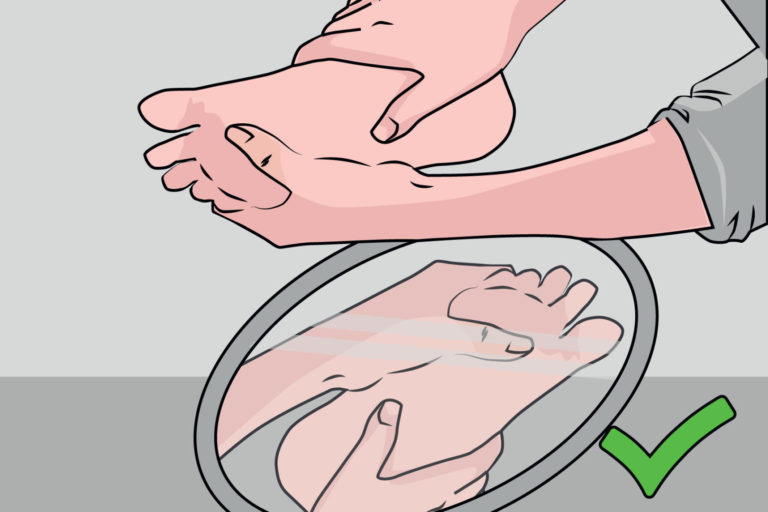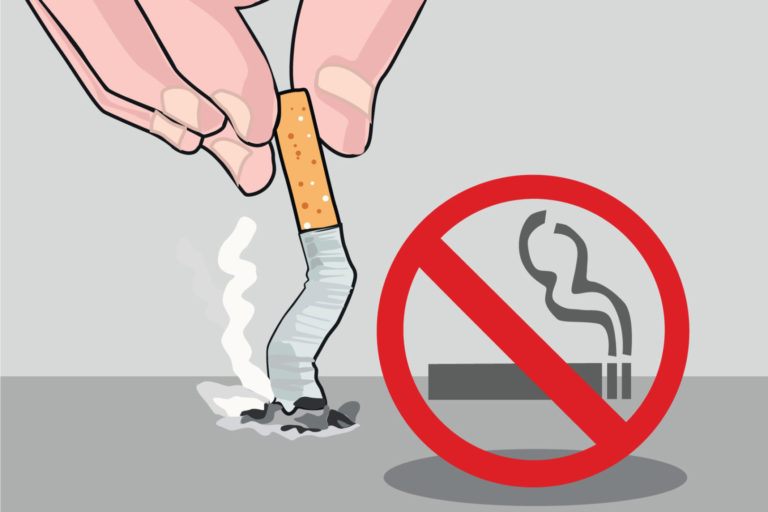Diabetic foot is a common auxiliary affecting people with high blood sugar. If you have diabetes, then it is essential to take measures to prevent adverse effects on your limbs.
High levels of sugar in the blood damages the nerves and blood vessels. This is called Diabetic Neuropathy. It causes loss of sensation on the skin, especially in the parts that lie at the farthest ends of the body, like the fingers and toes. Tingling of the skin, variation in color and temperature changes are other indications of diabetic foot.
Due to the loss of sensation, patients may not be able to detect any cuts, abrasions, or other damage to the skin. If left undetected, the minor cuts can become chronic, non-healing wounds having negative effects on overall health. It may also lead to the amputation of the limbs.
According to data released by the International Diabetes Federation, diabetic foot syndrome affects 40 to 60 million people globally every year.
Diabetic foot care at home
In view of the COVID-19 pandemic, the focus of health care providers has been on preventing the spread of coronavirus. This has led to many important services like diabetes care to take a back seat.
Regular check-ups at a diabetes clinic can help you detect signs of diabetic foot syndrome. In the absence of professional care, the diabetic foot can be attended to at home.
The following is a basic, non-exhaustive list containing steps that can be easily followed for diabetic foot care at home.
1. Self-examination
Sudden, frequent tingling sensation or numbness in the foot can be a sign of fluctuation in blood sugar levels and the onset of diabetic foot syndrome. Check the skin of your feet every day for cuts, blisters, redness, swelling, and open sores. In case you detect any abnormality, cover up the area to prevent bruising and consult your doctor.

2.Keep your feet clean
Wash your feet with lukewarm water and a mild soap every day, especially after a long day outside. Make sure to pat dry with a soft towel. Rubbing vigorously may cause damage to the skin.

3.Take care of nails
Trim your toenails straight across and file sharp edges. This helps in preventing ingrown nails and the occurrence of infection. Keeping toenails short also protects you from accidentally scratching the sensitive skin on the feet.

4. Moisturize
Apply moisturizer on the skin to keep it smooth. Consult your doctor regarding the type of moisturizer that would be best suited for your skin. If you have co-ailments along with diabetic foot syndrome and skin allergies, you may need specific formulations to take care of the sensitivity

5. Wear socks
Always wear socks to bed. This is especially important if your feet tend to get cold.
Blood regulates temperature in the human body. Damage to the blood vessels in the diabetic foot will lead to a compromise in blood supply, which in turn affects the temperature of the skin.
Socks should also be worn with closed footwear, like sneakers or boots. This protects the feet from rashes and bacterial infection from residual sweat. Make sure that you wear freshly washed socks every day.

6. Wear wide soled shoes
The shoes that you wear must have wide soles to allow the feet to be set flat without restrictions. Tight, restrictive shoes do not allow circulation of air around the feet and can cause long term damage.

7. Avoid walking barefoot
The loss of sensation in the skin may lead to cuts and abrasions going undetected. Wear slippers even while at home to prevent injuries to the feet.

8. Avoid smoking
Smoking affects the circulation of blood in the body and the amount of oxygen present in it. This can compromise the existing low supply of oxygen to the hands and feet, decelerating the healing process of chronic wounds since blood is a carrier of nutrients and cells that fight infection.
If you suffer from diabetic foot syndrome or have high blood sugar levels it is advisable to stop smoking.

9. Do not self operate
Never perform any kind of surgeries, like removal of ingrown toenails or dead tissue, yourself. The risk of infection increases when such procedures are performed by non-trained professionals. Always visit a certified facility for issues related to diabetic foot.

10. Regularly check blood sugar
Consult your doctor at regular intervals regarding your blood sugar levels and recommendations to keep under control. Target the acceptable blood sugar range mentioned by the doctor.

11. Comfortable footwear
You should consult a specialist regarding the types of shoes that you can wear without causing damage to your feet. This varies on a case basis depending on additional medical conditions that you may have.
You can also get custom designed shoes suited to your needs at a certified medical footwear specialist’s clinic.

12. Avoid sitting in the same position for long stretches

A thorough medical check and consultation with a diabetes specialist can give information tailored for your specific case. You may be prescribed additional precautions based on any other medical condition that you may have. If you show any symptoms of the diabetic foot, consult your doctor immediately to prevent complications.
Sources:-
#diabeticfootcare #diabeticfootulcer #homecare #diabetes #footcareforeverybody #podiatry #maxiocel #advancedwoundcare #wounddressing #woundcareproducts
Disclaimer: Issued in public interest by Axio Biosolutions Private Limited. Kindly check the official guidance on WHO for more information on infection prevention and control of COVID-19.
 A collaborative study with Harvard Medical School
A collaborative study with Harvard Medical School






